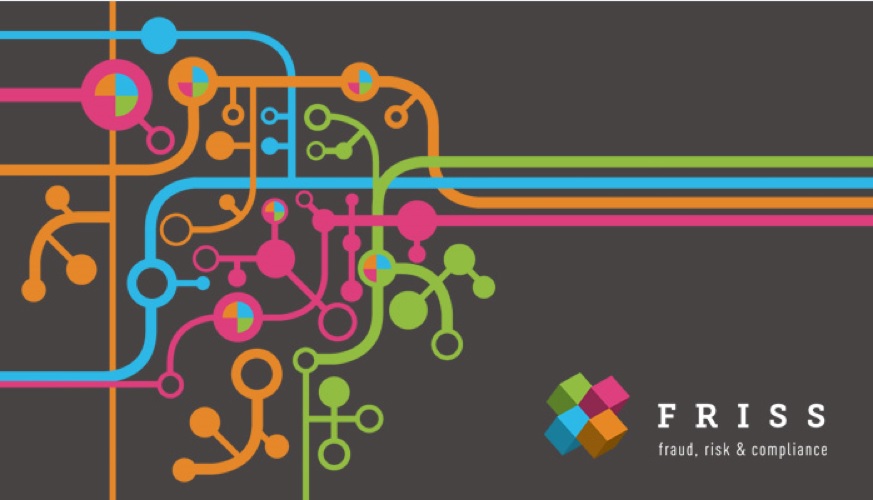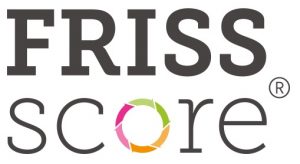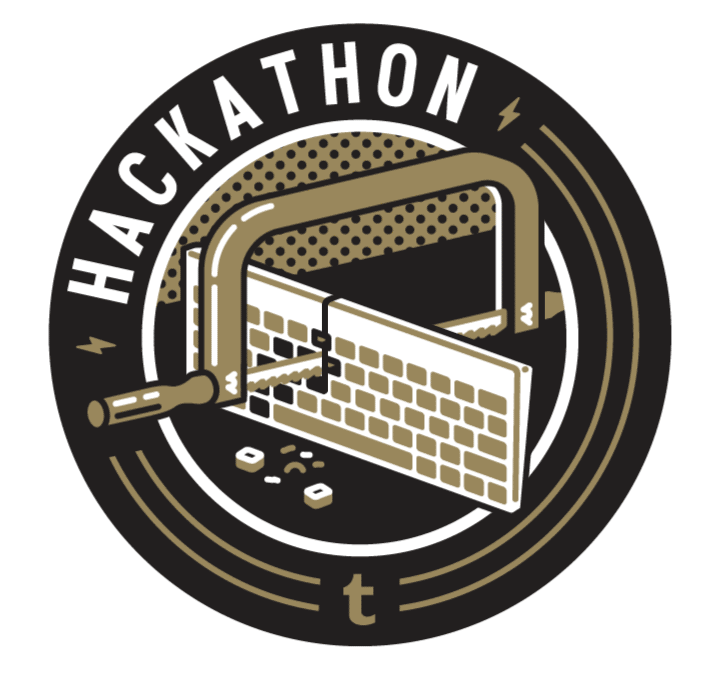At FRISS, once in each half year we have our Professionalization Days. In short we call them the Profdays. All Profdays have a different theme on which we are working for one and a half day.
Profdays November 2015
Last winter, in November 2015, the theme was ‘team roles’. For me it was completely clear what this was all about.
In a team you have the red people, who tend to be the dominant, decisive ones. You have the yellow people, they typically will keep thinking things over and over again and change perspective all the time. Then you have the blue people, they are all about rules and procedures and keeping these tight. And of course you have the green people, who care about other people and are concerned on the topic of team atmosphere and collaboration amongst the team members.
Of course, each terrifically good team has all colors represented equally.
At these November Profdays, all colleagues gave me mainly green labels. I wonder why…
Hackathon for dummies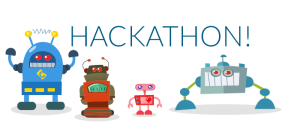
This time we all ought to participate in a hackathon.
A hackathon?
What is a hackathon?
Here is a short explanation from the blog Squirrly:
Basically, it’s an event, a race, a challenge (call it whatever you like), that lasts between 8 to 54 hours. Yeah, you read that right. During this limited period of time, you and your team (yes, you’re not by yourself) need to build a product that solves a viable problem of your choice, based on the resources that are available to you. This varies from an event to another. Developers, programmers, designers – you can all participate.
What is a typically non-tech-person like me going to do during a hackathon? Even when this would turn out to be something like a hackathon for dummies? When you’re a tech geek, I can imagine this is really fun and challenging. But for me, what am I going to do all these hours of the Profdays? I was afraid these hackathon hours would show to be very long hours.
When I received the invitation to this hackathon, I immediately responded the email from our CTO (Chief Technical Officer/directeur techniek) with this compelling personal question:
‘What can I, for God’s sake, do during a hackathon?’
I got the answer right away:
‘You can be: motivator, organiser, substitute customer prospect, target audience, script writer, blogger… Need I go on?’
I thought:
‘Okay, I’ll give it a try’.
Starting off
On Friday, we started at nine o’clock. Our CTO and CEO (Chief Executive Officer/algemeen directeur) presented their joint idea of this one and a half day: we would be separated in six cross-teams, all working on making a demo for some real insurance clients. These real clients would arrive on Saturday morning and would be the jury of our team presentations and demo.
The winning team was promised to win a giant bottle of champagne and a team game called ‘Escape Room’.
Each team did have some real tech-guys/girls in it and furthermore each team had one to three colleagues who speak their tech-language quite well and each team had one or two like me, the totally blond type.
My team
The team I was in, first tried to hear each participants opinion about the upcoming 24 hours. After this round, which already took for about one and a half hour (pfff…), we talked about a scenario from the clients perspective and after we sort of agreed upon our customer story, the team was divided into three little groups, and each group subsequently would build its own part of what had to glue together to our masterpiece what should become our demo for the Saturday morning.
I really listened carefully… and didn’t understand shit.
O boy, this material really was far too abstract for me.
Intermezzo – FRISS Score®
Before I will tell something about the tasks in the smaller groups, I have to explain a little more about the FRISS Score®.
FRISS offers insurance companies worldwide a series of software solutions which help them in fighting fraud. There are different business lines in which FRISS is delivering automated fraud detection services.
For instance you have the underwriting process, in which a client is obtaining an insurance polis. When you do this online, insurers who do use FRISS, do an immediate online check on fraud detection. This detection may concern a check on age, personal information, claims history and so on. The FRISS engine delivers a score, which is baptized the FRISS Score®. It indicates that the higher it gets, the more likely it is that there may have occurred some kind of fraud during the underwriting process or in your personal history.
A likewise process is installed in the claim process, which is when an insured person or company claims the insurance because there was a theft, a car crash or a fire in the house. Within insurance claims there is a surprising volume of fraudulent claims. In this process FRISS delivers the FRISS Score® as well.
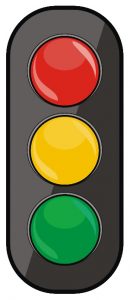 The FRISS Score® is translated into a traffic light. When the sign is red, the score is really high and the insurer should not accept the underwriter or insurance claim, when it is amber, there must be done some kind of further investigation and when it is green, there can be acceptance without any extra work.
The FRISS Score® is translated into a traffic light. When the sign is red, the score is really high and the insurer should not accept the underwriter or insurance claim, when it is amber, there must be done some kind of further investigation and when it is green, there can be acceptance without any extra work.
This in short, is what FRISS is doing. To create the FRISS score® there are all kinds of databases linked into the software, and the software is created in such a way that it may learn from its own data. The more clients FRISS gets and the more data is transferred, the better the results will be.
End of this small lecture on FRISS and the FRISS Score®.
Small groups – FRISSURE
In the three small groups we focused on different parts of the demo process, from different perspectives as well. Our group was named The FRISSUREs. Every small team was working hard on the different aspects of the story. In fact, I wasn’t convinced at all about the overall result. I didn’t understand what the tech guys really wanted, and the story itself seemed to be too simple as far as I could oversee it.
Saturday morning
On Saturday morning we practiced the overall story, our different roles and the introduction of the different technical aspects of the demo.
I still wasn’t convinced to the max, but hey, let’s give it our best shot possible.
Presentations
That Saturday morning we watched five other presentations and lively demos. Some were mainly technical, some were on detecting claims fraud and other were on detecting underwriting fraud detection.
Our demo went surprisingly good. The jury gave our presentation and demo a lot of positive feedback.
My team even won the competition! We got our ‘douze points’ of the temporary jury. So the giant bottle of champagne and the tickets for the Escape Room were for us, the FRISSUREs team members.
What a giant surprise this was!
The storyline of the demo itself will be presented in my next blog.
Learnings of a geek demo
What really was clarified during our hackathon, is that the success of each technical geek demo is depending on the story that is been told. The technical aspects are of secondary importance.
Beforehand, I never would have thought that this would be the case.
So for me the outcome of this hackathon was that even a non-tech-person like me can contribute to a hackathon. I can help in formulating and clarify the story, and after all, it appeared to be the story that was leading. The technical outcome, however important, is to serve the underlying story.
Growing a business is all about telling the right story to the right audience. Technical means are considerable, but they are not the USP (Unique Selling Point). Even for a business as FRISS is.
Looking back, to me this hackathon was a very learnable experience. It was challenging and it was fun to do as well.
Next blog: our FRISSURE demo
May 4, 2016

